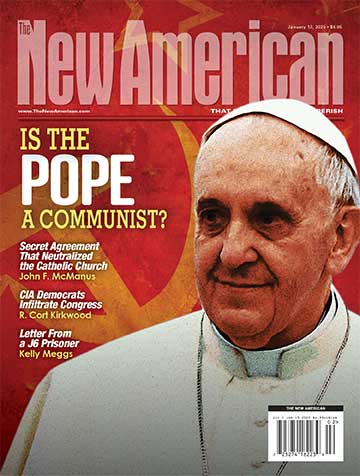
Chiefs of police and other law-enforcement personnel have often argued and testified against the passage of “Stand Your Ground” laws that say non-criminals in public places are not required to retreat, but have a right to use deadly force to defend themselves or others from anyone threatening them with death or serious injury.
“Trying to control shootings by members of a well-trained and disciplined police department is a daunting enough task,” former Miami Police Chief John F. Timoney wrote in a March 24 op-ed piece in the New York Times. “Laws like ‘stand your ground’ give citizens unfettered power and discretion with no accountability. It is a recipe for disaster.”
Timoney was writing in the aftermath of the fatal shooting of Trayvon Martin in Florida earlier this year by neighborhood watch patrol volunteer George Zimmerman, who claimed Martin attacked him after Zimmerman had trailed the youth through neighborhood streets. The incident produced heated debate over Florida’s “Stand Your Ground” law and whether Martin’s shooting was justified as self-defense against a physical assault by the unarmed teenager.
But as recent mass-murder incidents have made clear, police do not always arrive in time to stop an assailant who is armed and using lethal force against innocent unarmed victims. And when they do, even “well-trained and disciplined police” officers sometimes miss their targets and hit innocent bystanders. Two police officers were on the scene of the shooting near the Empire State Building Friday, when Jeffery Johnson allegedly killed former co-worker Steven Ercolino with a bullet to the head fired at close range. Johnson then walked but a short distance before he encountered two police officers and, pulling his .45-caliber handgun out of a black canvas bag, aimed it at the officers. The two officers fired 16 rounds, killing Johnson, but injuring nine bystanders who were either struck directly or grazed by stray bullets. The wounded were taken to two city hospitals where their wounds were described as not life threatening, the New York Times reported.
According to news accounts, Ercolino was shot on his way into Hazan Imports, a clothing importer. Johnson, a former employee of the company, reportedly feuded frequently with Ercolino and the two had fought in an elevator in April of last year, after Johnson had been laid off. Both had made complaints to the police, with each one claiming the other had attacked him, police said.
Police Commissioner Raymond W. Kelly identified the weapon used by Johnson in the shooting as a .45-caliber semiautomatic pistol that held eight rounds. He said Johnson purchased the pistol in Florida in 1991. It was manufactured by Star, a company no longer in business. Since Johnson did not have a concealed-carry or residential permit in New York, his possession of the weapon was illegal in New York City, police said.
New York State has some of the nation’s strictest gun control laws. Its controversial “stop and frisk” policy of the New York Police Department is aimed at finding illegal guns, as well as drugs and other contraband. The policy has drawn opposition from minorities and civil liberties activists, owing in part to the fact that 87 percent of the people who were stopped and questioned by police last year were black or Latino.
Police seized 780 guns during 684,330 stops of people on the street last year, or slightly more than one gun for every 1,000 stops. But speaking to a black congregation at the First Baptist Full Gospel Church of Brownsville in June of this year, New York Mayor Michael Bloomberg insisted the department was not using racial profiling and said the stop-and-frisk policy was saving lives by persuading criminals to leave their guns home out of fear of arrest.
“By making it ‘too hot to carry,’ the N.Y.P.D. is preventing guns from being carried on our streets,” Bloomberg said. “That is our real goal — preventing violence before it occurs, not responding to the victims after the fact.”



